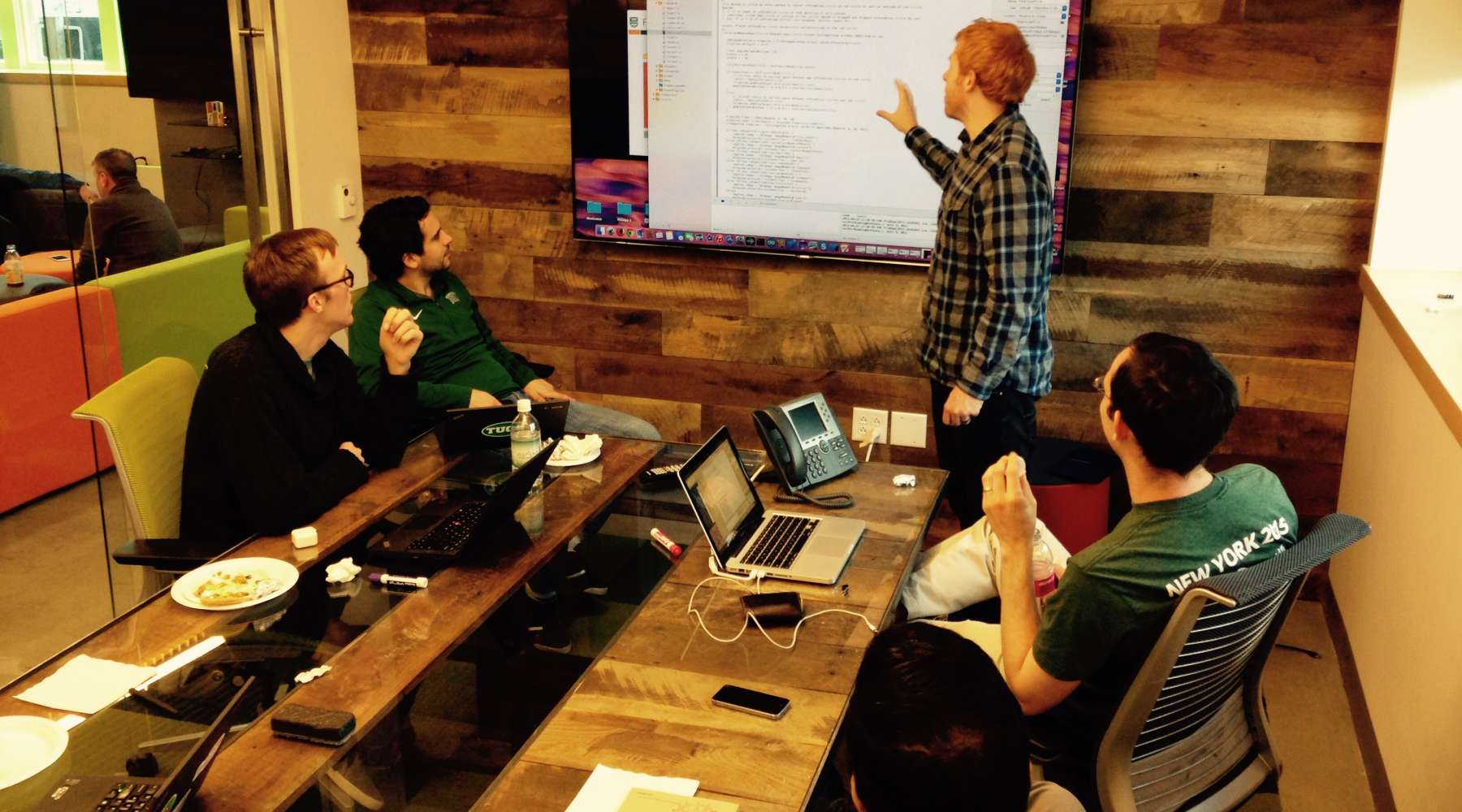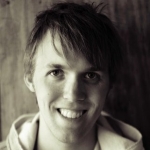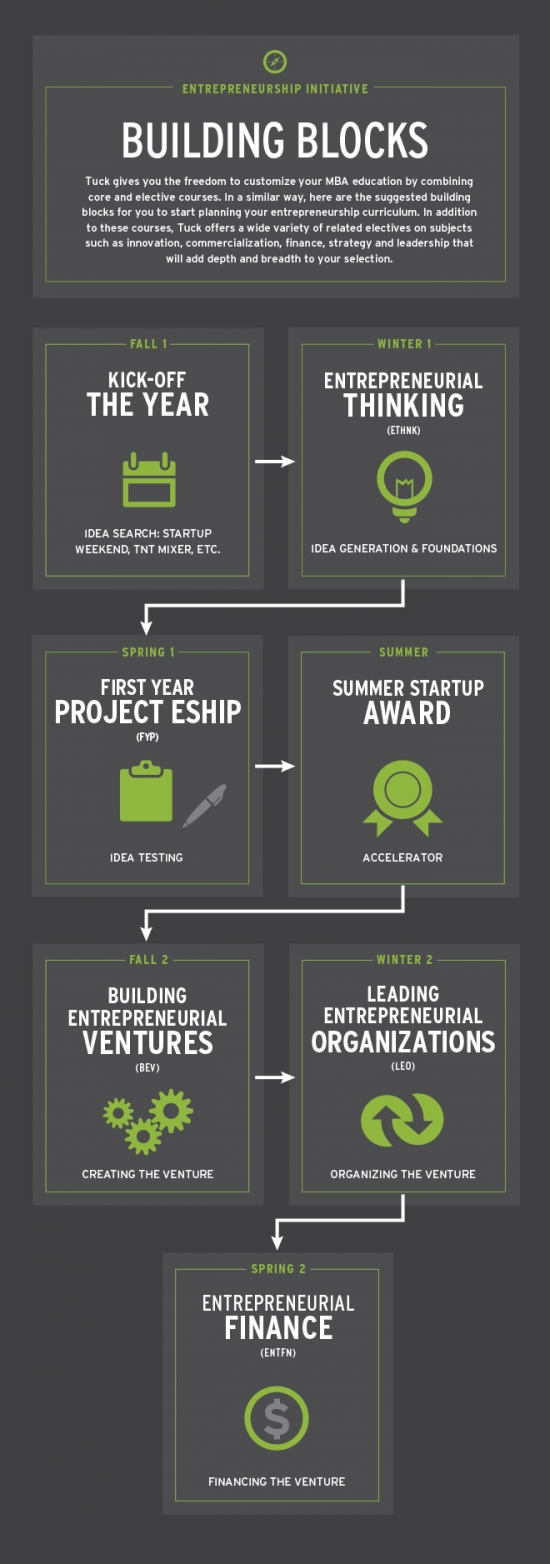
By Pete T'16, Tuck Bridge '09
 A first-year student at Tuck, Pete is co-founder of Decade Records and drummer for Filligar, a touring American rock band. He has served as a cultural ambassador for the U.S. State Department and is a voting member of The National Academy of Recording Arts & Sciences (The GRAMMYs). Pete is a distinction master’s graduate of Oxford University (Master of Studies, History) and Dartmouth College (Bachelor of Arts, Classics).
A first-year student at Tuck, Pete is co-founder of Decade Records and drummer for Filligar, a touring American rock band. He has served as a cultural ambassador for the U.S. State Department and is a voting member of The National Academy of Recording Arts & Sciences (The GRAMMYs). Pete is a distinction master’s graduate of Oxford University (Master of Studies, History) and Dartmouth College (Bachelor of Arts, Classics).
The ideaman, the self-starter, the creative, the entrepreneur—whatever we call a person wanting to make something from nothing, there is a consistent void in their business thinking: “Tomorrow.” If you have a next-big idea, what action do you take tomorrow?
Seed funding. Series A, B, C. IPOs. These are the Silicon-sourced, Shark Tank-fueled distractions from the hard work of building business from thin air. As I see it, the entrepreneur science of what-to-do-tomorrow is a rare pedagogy, a sacred knowledge.
Enter a conference room at The Dartmouth Entrepreneurial Network (DEN). A banker, a consultant, a nuclear submarine officer, an Air Force chief and myself—a touring musician—are five guys with an idea. Actually, the idea belongs to the Air Force chief and a Dartmouth computer science major, who together developed a mobile app to transform peer-to-peer contact sharing. We have an idea, but what action do we take tomorrow?
The First-Year-Project (FYP) at the Tuck School of Business is instruction in business building when there is nothing but an idea. In the winter, Trip Davis of the Office of Technology Transfer and Tom Naughton of the Center for Private Equity and Entrepreneurship primed our team in Entrepreneurial Thinking which is a core course in Tuck’s Entrepreneurship Initiative, a collection of building-block classes for anyone interested in venture. The takeaway: moving from pen and paper to hammer and nail—or from “smoke and mirrors” to real results as a visiting VC from Andreessen Horowitz put it—requires scientific method.
How to conduct market testing interviews. How to collect meaningful survey data. How to iterate product prototypes. How to find and how to hire a product developer. How to finance it all. The FYP disciplines you in these hypothesis-driven methodologies.
It is hard to imagine a corporation in its emerging moments. To us, General Electric is NYSE:GE, not Edison tinkering with copper wire and carbon filaments. Disney is rides and films, not a cartoonist with his multiplane camera.
But there is process for venture. It begins with pen and paper, but without execution know-how and how-to, ideas will forever remain possibilities; not products. As a student of history, I think of it like this: Imagine an ancient Greek architect with blueprints in hand but without any understanding of how to extract multi-ton marble slabs from raw earth, sail them across ocean, then refine, lift, and stack them, column after column, into a temple.
That process of erecting a lasting monument—like a corporation—is not trial and error. It is craft mastered over past efforts. And during Tuck’s First Year Project, we are fortunate to learn business building from some truly remarkable business craftsmen.
Also: Check out one of my classmates’ start-up First Year Projects, BAE, now in the App-store.
